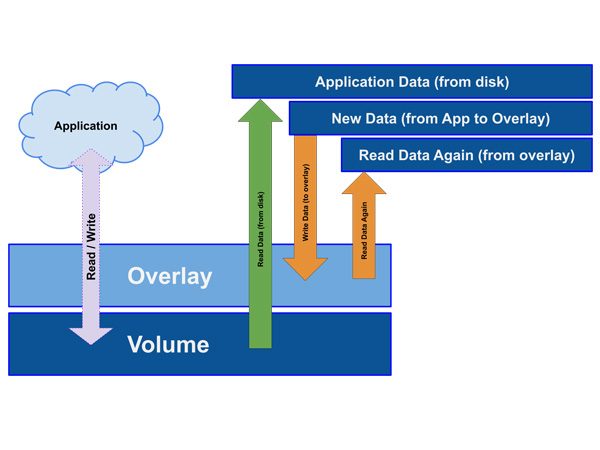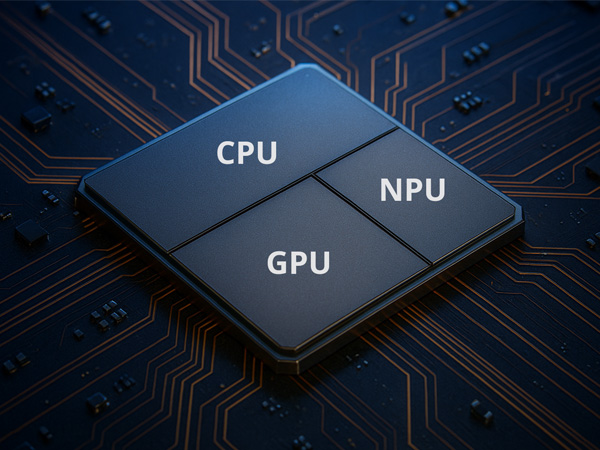Category : News by T-Pole | 24 November 2016
Sizing the CPU: how to do it properly
We all know the i3 i5 i7 processors – present on Skylake S architecture – but we maybe do not know in depth about the main features and their differences.
This newsletter aims to clarity this aspects, in order to provide some more information for the correct sizing of the CPU.
At TPole we always pay much attention to the correct evaluation of the necessary performances analysis is very helpful to get a price/performance and power consumption/performance that is the most suitable for the customer application.
The following observations are specifically made referring to Skylake desktop architectures.
DIFFERENCES BETWEEN CPUs
First of all, we would like to clarity the differences between i3, i5 and i7.
A comparison with the automotive can be usefull to introduce these differences; we know that car models are available with different engines, from the quietest to the most sporty. We can say that i7 is the top model in this range, i3 and i5 are the “quiet versions”.
CPUs are characterized by certain fundamental aspects:
- No. of cores (whether physical or logical)
- cache
- turbo boost technology
- tdp
See below how these four factors combine in different CPU models.
CPU i7
i7 CPUs reach the highest level for the number of cores, cache, Turbo Boost technology and tdp.
Considering for example the i7 6700 processor:
- 8 available cores (4 physical and 4 logic)
- 8MB cache
- 3.40 GHz rated frequency that rises up to 4.0 GHz frequency boost
- 65W TDP
Intel offers the versions 65W and the 35W T versions that is representing the best compromise performance consumption.
We see this by comparing the i7 6700 benchmark with i7 6700T:


There is also a processor i7 6700K model with 91W TDP which is the most powerful processor of this family.
CPU i5
i5 CPUs have the following features:
- only physical cores (hyper threating technology is not implemented)
- the cache is reduced to 2MB (from 6MB to 8MB dell’i7)
- TDP ranging from 91W to 35W
From these differences we can deduce that, if the client application does not use the logic core but only physical ones, probably a i5 processor is the correct choice.
For the matter of bencmark highlighted below we chose the versions i5 6500 and i5 6500T to have a comparison with the previously considered two versions of i7 with equal TDP.


CPU i3
i3 CPUs present the following characteristics:
- only 2 physical cores are available + 2 logical cores (thanks to ‘hyper threading)
- the chache L3 varies from 3MB up to 4MB on the top performing versions
- the turboboost technology is not available
- TDP range from 51W to 35W
Using Hyper Threading technology it is possible to use 4 cores (2 physical and 2 logical)
From 3MB to 4MB cache is an excellent resource for the processors.
Below you can find the benchmark data of the embedded versions


We hope this brief information will be useful for you to move more easily into the world of CPU Intel® i Core ™.
Our sales engineers are available to define with you the correct sizing of the HW architecture for your application.


